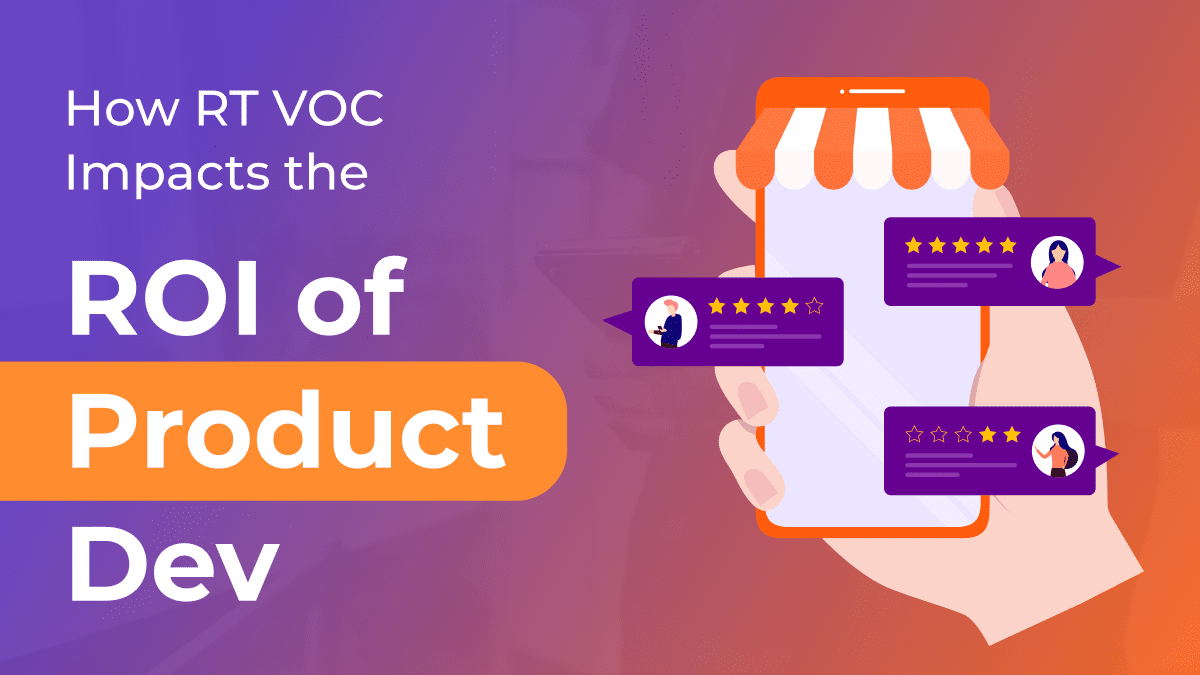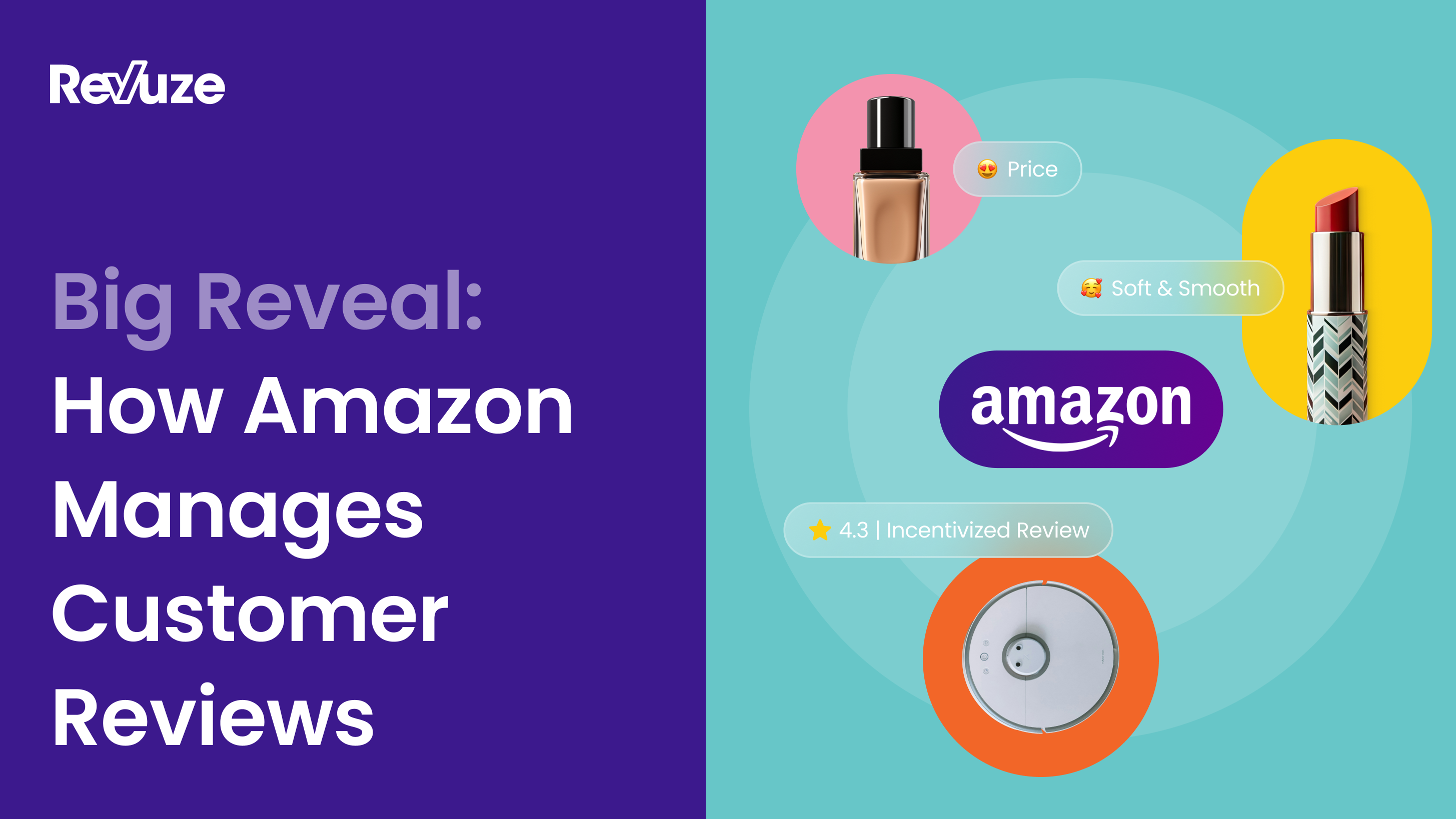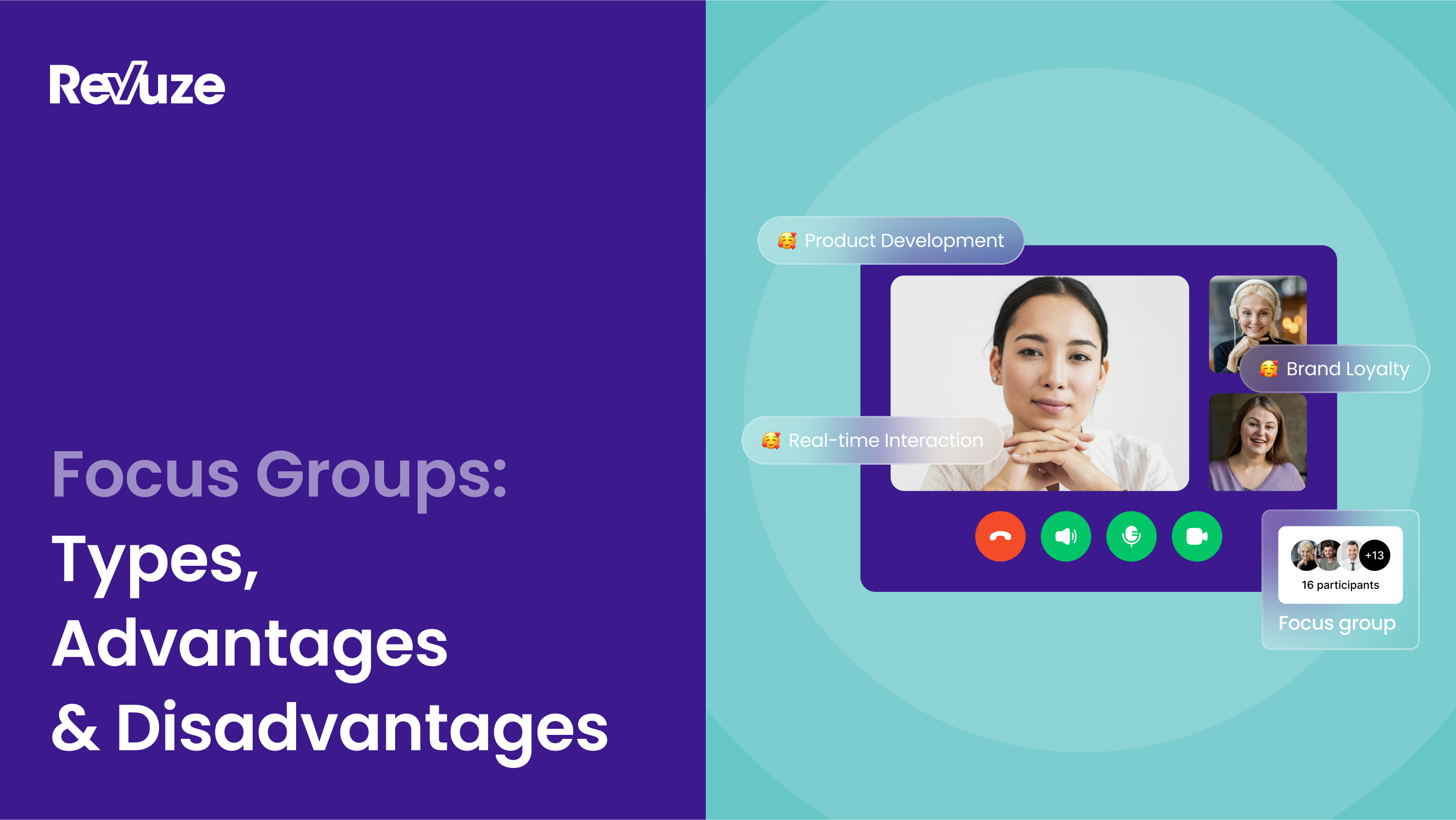
One of Henry Ford’s most known quotes about products was “Any customer can have a car painted any color that he wants, so long as it is black”. This was when Ford was focusing on delivering affordable cars of high quality and had to compromise on colors. The car in question here was the Ford Model T and there were 15 million cars sold. So, Ford Motors made the right decision in focusing on some abilities of the Model T over others (colors).
You’d expect that with time, modernization, etc. brands will have hit products like the Model T more often, but the reality is that over 80% of new consumer products fail, with 70% of these launches are by established brands and not newcomers.
According to McKinsey, the way to measure R&D and Product success is primarily in the ratio of new product contribution to revenue. Basically, for every $ spent on R&D, you get back X$ in new product sales that grow your overall revenue.
In short, a key measurement of R&D ROI for consumer products is the successful sales of the new products.
Voice of the consumer (VOC) challenges
According to Bain and Company, 80% of brands believe they deliver superior customer experiences, but only 8% of customers feel the same – hence the “VOC gap”.
Because the number of feedback channels today is growing and the volume of feedback is scaling as well (chat, calls, email, social media, online reviews, Q&A…). According to IDG, over 90% of the world’s data is soon to be made of such customer opinions. So, whatever VOC gap we have so far – it’s not going to get any better if we keep doing the same in an environment that is becoming more complex.
What is common to all existing solutions today that analyze customer opinions is that they heavily rely on human experts in the loop – data scientists, analysts, IT folks that train generic AI machines to search for specific patterns and expressions. Just like any other industry where manual labor is involved – things get slower, expensive, and biased.
In addition, this approach of relying on experts to predict what patterns to look for is reactive in nature. The experts can’t predict a new trend or competitor, so they can only add these to the list of patterns once there is enough evidence that this is mandatory.
This all leaves us with several key challenges:
- Long time to insights (long setup, reactive methodology, experts are shared resource)
- Expensive
- Limited results (Bias, human accuracy in our experience is around 60% at best)
Why voice of the consumer (VOC) impacts Product Development ROI the most
Due to the inherent dynamics of the VOC industry, insights are slow to arrive to the organization. VOC is reactive in nature, relying on experts to decipher and it typically takes many months for insights to find their way into the brand.
In addition, these insights may be limited in nature or biased, which means there may be a need to do additional research or that the insights you are acting on are not the right ones.
When you add it all up what you are looking at is a massive amount of time spent.
It could take a year until you learn that a product has a major issue.
Now that you learned about it, R&D cycles to develop a fix, test it out, move it to production etc. are pretty long. Typically many months as well…which is why R&D and product development are the departments that suffer the most from lack of credible, timely VOC.
Other departments can rebound faster from bad news or new insights. R&D takes longer…
Why real-time voice of the consumer (VOC) benefits Product Development ROI the most
Consumer products can fail even if just one specific feature does not meet expectations. Hence the well-documented example of the Samsung Note 7. This is why brands need to make sure they are aware of ALL the aspects that are important to their consumers so that all bases are well covered. Now couple this with Especially with the research from Harvard Business School that 95 percent of new consumer products fail.
This drives the following key conclusions –
- You want to get full, unbiased feedback on your products
- You want to get this feedback ASAP
Now imagine a world where machines deliver the real-time voice of the consumer insights, on-demand, without the need for experts in the loop, without the wait, without bias…. Imagine the impact of this on brand R&D and product development. Suddenly you get:
- Unlimited insights, about ALL issues consumers report with your product
- Insights are reported as they are generated by the consumers, in real-time
This becomes the “radar” of R&D. Suddenly you know where issues/enemies are and how to maneuver and prioritize.
Referring to a couple of our older blogs, imagine if as Product Development for a toothpaste company you’d know right from the start that Taste is the Most Important For Consumers, or that as part of Product Development for a coffee maker brand you’d know that Taste is Only 7th in Importance in Coffee Makers…
Conclusion
Consumer product development is difficult. It takes a long time to innovate, and once a product is out there understanding how to make it better takes time and consumers don’t like to wait, which means until you get it right, you’re not gaining market share or revenue.
Having a traditional voice of the consumer stack of solutions also doesn’t help as these are:
- Slow
- Limited
- Expensive
Shortening the fix cycles for R&D is critical. As R&D cycles themselves by nature are long, and adding long wait times for insights really doesn’t help. This is why Real-Time VOC is the most important for R&D and Product Development organizations, as it gives them the head start they need.
Selecting the right VOC tool is critical. We’d recommend that you prioritize tools that are:
- Holistic: Providing the data, data cleansing, and analysis all in one spot
- SKU level: Provide sentiment analysis by product and feature, not just brand
- Self-service: Do not require experts in the loop but allow direct use by business users
 All
Articles
All
Articles Email
Analytics
Email
Analytics










 Agencies
Insights
Agencies
Insights